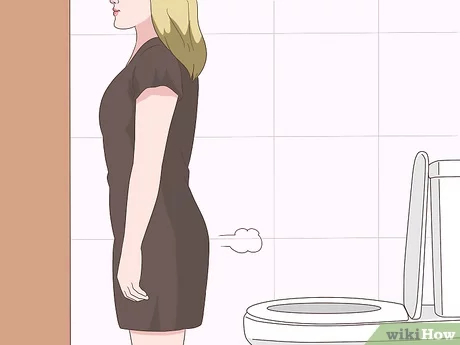How to Meditate

Meditation is an ancient practice that promotes relaxation, mindfulness, and self-awareness. Many people are drawn to meditation seeking relief from stress and anxiety, as well as a path toward personal growth and happiness. If you are new to meditation, you may be wondering where to begin. In this article, we will explore the basics of meditation and provide simple yet effective techniques to help get you started.
1. Choose a peaceful environment
The first step in beginning your meditation journey is finding a quiet, peaceful space where you can comfortably sit or lie down. Ensure that the environment is free from distractions such as noise or clutter. This could be a room in your home, a spot in your garden, or even a quiet corner in a park.
2. Set aside time for meditation
Like any new habit, it is essential to incorporate meditation into your daily routine. Setting aside 10-20 minutes each day can be beneficial for beginners who are looking to establish a consistent practice. As you become more proficient in meditation, you may choose to lengthen the duration of your sessions.
3. Adopt a comfortable posture
Find a comfortable seated position on a cushion or chair with your back straight but not tense. You can also choose to lie down if sitting for an extended period causes discomfort. The key is to maintain proper alignment while remaining relaxed and comfortable in your body.
4. Close your eyes and focus on your breath
Begin by closing your eyes and taking a few deep breaths to center yourself. Gradually allow your breathing to return to its natural rhythm. Focus on the sensation of the air entering and leaving your nostrils or the rise and fall of your chest as you inhale and exhale.
5. Be aware of thoughts without judgment
As you meditate, you may find that thoughts and emotions arise naturally—this is normal and expected. The goal is not to eliminate thoughts, but rather to observe them without judgment or attachment. When you notice your mind has wandered, gently bring your focus back to your breath.
6. Practice mindfulness
Mindfulness is the practice of being fully present and aware in each moment. By focusing on your breath, you can bring an attitude of curiosity and non-judgmental awareness to your experiences, both during meditation and in daily life.
7. End your meditation session gently
As you approach the end of your meditation session, slowly begin to bring awareness back to your surroundings. Gently wiggle your fingers and toes, stretch if necessary, and slowly open your eyes. Take a few moments to reflect on your experience and set an intention for the rest of the day.
By incorporating these simple techniques into a regular meditation practice, you can begin to experience the numerous physical, mental, and emotional benefits associated with this timeless practice. Remember that consistency is key; even a few minutes each day can lead to significant improvements in overall well-being and happiness.






